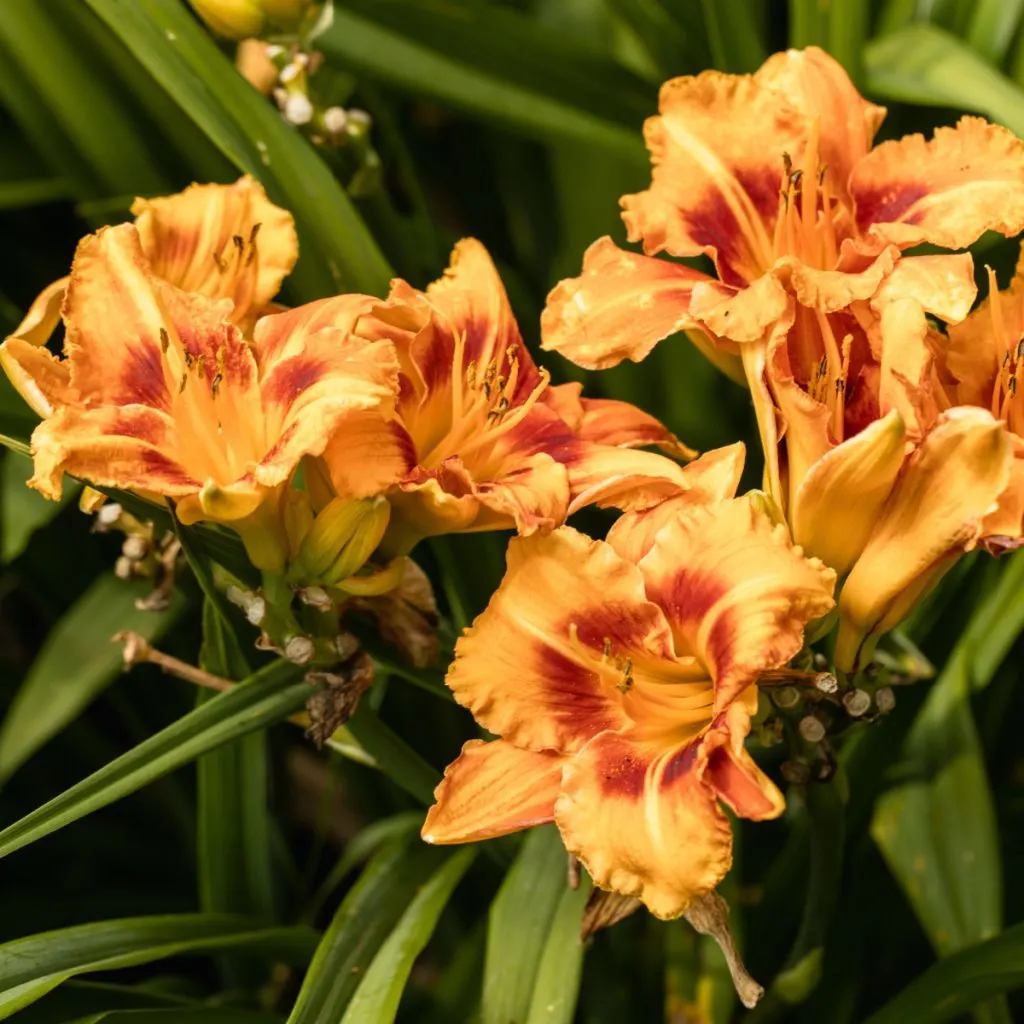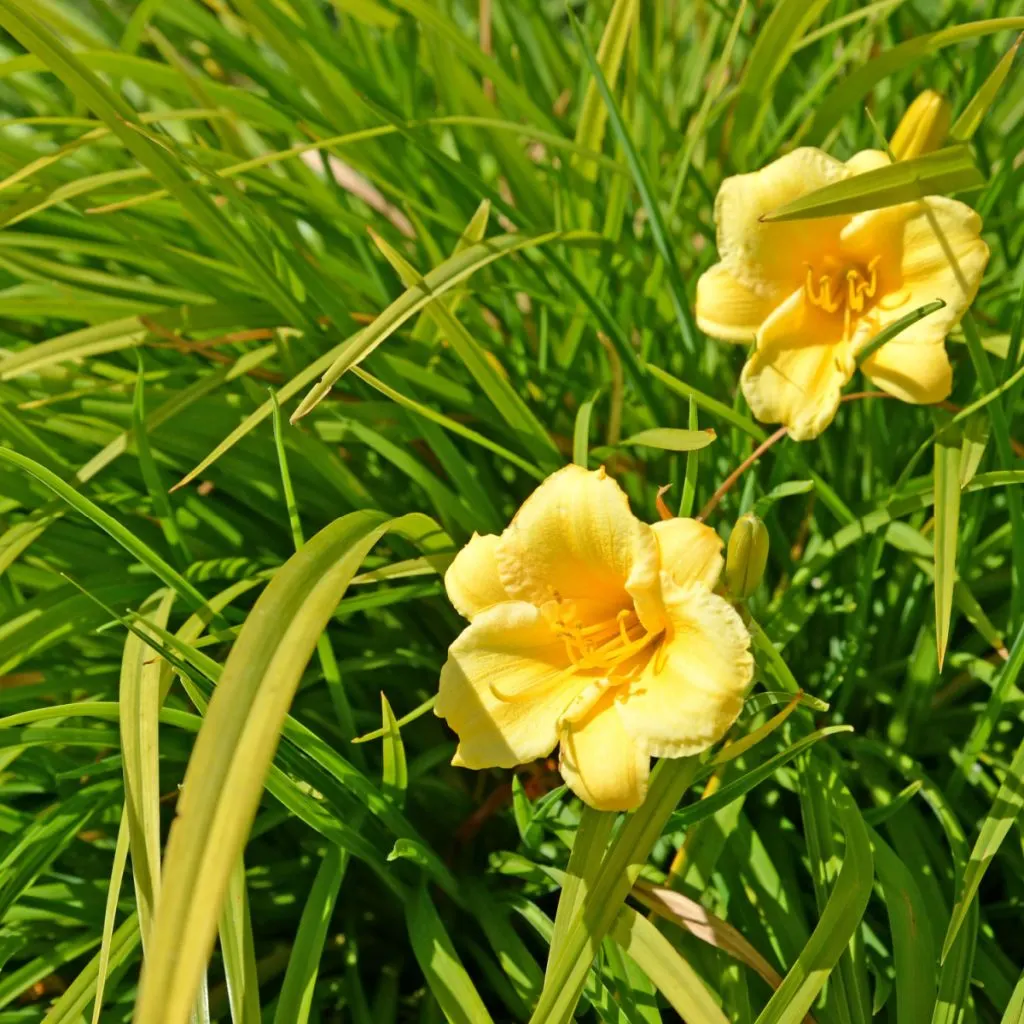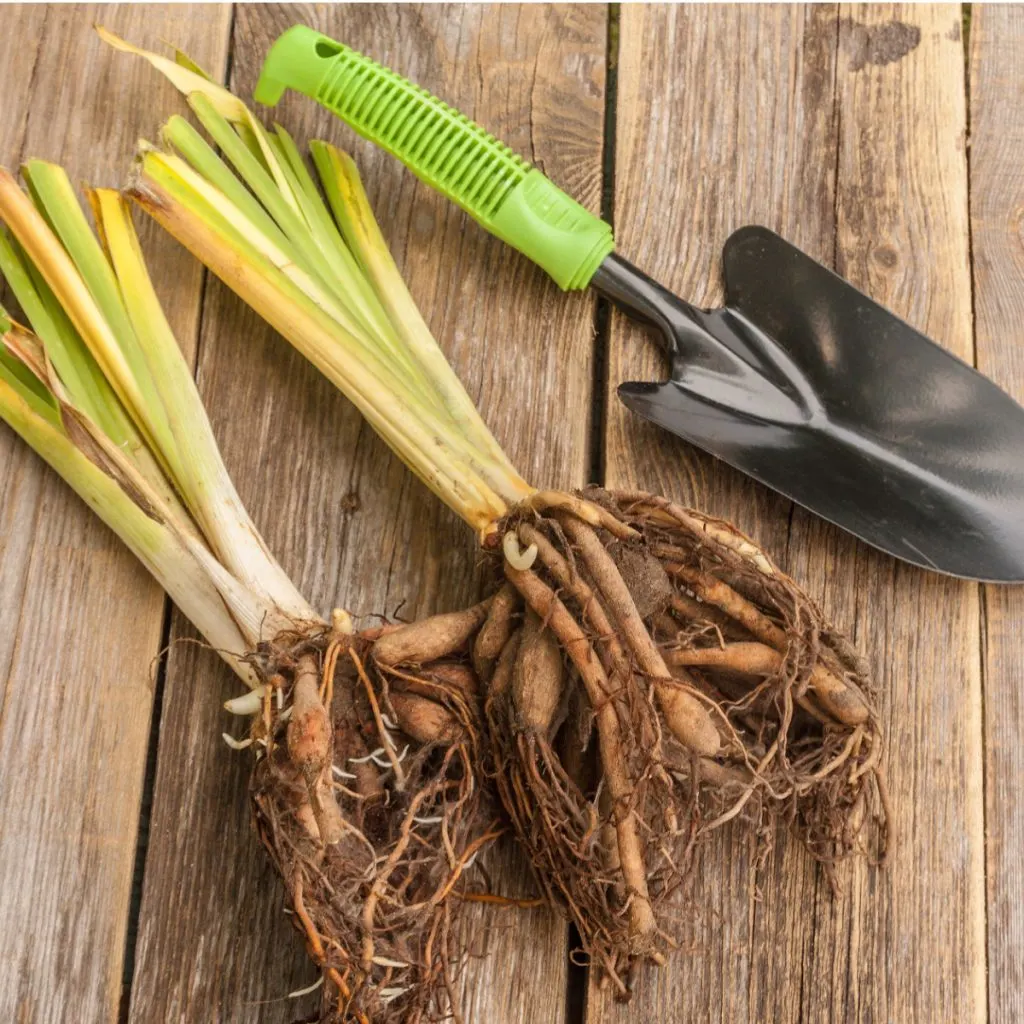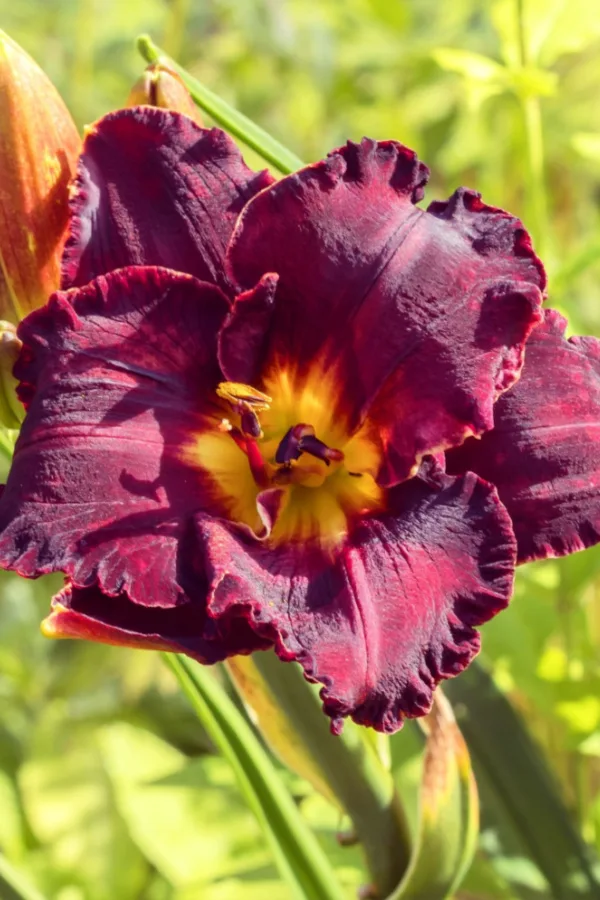Did you know that early spring is the absolute best time to fertilize your daylilies – and that with one simple application, you can help your plants produce bigger and better blooms than ever this year?
Daylilies are one of the most popular of all perennial plants for home gardeners. Not only are they easy to grow and establish, they also happen to be extremely drought tolerant as well. Even more, they require little in the way of yearly maintenance to keep them growing strong and healthy.
But if there is one thing that you can do for your daylilies to really maximize their blooming potential, it’s to give them a yearly dose of power in late winter or early spring, right before they begin to take off and begin to grow!

The good news? It couldn’t be easier to do! In fact, daylilies happen to be one of the easiest perennials of all to give a little power to. And you might just be amazed at how much it can help them to fill your landscape with more color and foliage than ever.
How To Fertilize Daylilies In Early Spring
A Little Pre-Spring Maintenance Before Fertilizing
Early spring happens to be an ideal time to do all kinds of simple maintenance tasks on daylilies. Not just to give them a dose of power before they bloom, but to also clean up plants – and divide and transplant any overgrown daylilies as well.
The first order of business is to clear off any dead foliage that may remain from last year. This old foliage is not only unsightly, it also can harbor pests and disease. It’s best to do this early before the plants ever start to come out of dormancy.
For starters, it helps the plants to warm up faster and sprout through the soil. But even more importantly, it gives you a chance to assess your plants before the season to see if any need to be divided or transplanted. Finally, it’s important to have all of this completed before fertilizing for spring flowers!
If after clearing any old foliage back you do not need to transplant or divide – you can skip to the bottom of the article to see how to simply fertilize!

Spring Dividing – How To Fertilize Daylilies In Early Spring
Daylilies grow fast. And digging up and dividing your plants every few years will not only help them to bloom stronger and more vibrantly, it also can give you a whole slew of new plants to fill your flowerbeds with even more color.
Before your plants come out in the spring, it’s a great time to divide any plants that might be getting a bit large for their space. And the best news? Because they are dormant and hardy, there is zero worry of harming them before the growing season. In fact, transplants will still grow and usually bloom just as well in the same season!
If you do have any overly large clumps, as long as the soil is not frozen, you can simply dig them up, divide and replant. For most climates, March and early April are the perfect time for this. The plants are still dormant, and yet the soil is not frozen.

The Best Way To Create New Transplants – How To Fertilize Daylilies In Early Spring
To divide, dig around the edge of the large clump a few inches down. Daylilies do not have overly deep roots, and in the soft early spring soil, they will pop up quite easily. Once the clump is out of the ground, simply flip it over to expose the roots.
By flipping the daylily over, it makes it easy to slice the plant into even sections. To cut, just use a sharp shovel or garden knife and slice down through into equal sections. There is no worry of harming the plant, the roots of daylilies are extremely hardy and durable. Affiliate Link: Gardening Hori Hori Garden Knife
As for how large to make your divisions, it really depends on what size plants you want. In general, quartering large plants every three to four years will leave you with plants that still bloom large, but will not overgrow too quickly.
Once you have your transplants, replanting is as easy as digging a hole, putting a bit of compost in the bottom, and planting! Daylilies do not require a great deal of extra soil amendments – and besides, once you replant – you can then fertilize them and all of your daylilies to get ready for big summer blooms!

How To Fertilize Daylilies In Early Spring
Now that all of your daylilies are in place, it’s time to finally power them for blooms! And for that, a slow release, balanced, all-purpose granular fertilizer is the best choice of all. Something in the range of 10-10-10 is ideal. It gives a great balance of Nitrogen, Phosphorous and Potassium for strong growth and blooms.
Daylilies need more help in storing power to create blooms than to power the actual blooms. Because of that, getting energy to them early as they start to sprout and grow is the key to success. And a slow release, granular fertilizer is exactly how to do it! Affiliate Link: Southern Ag All Purpose Granular Fertilizer 10-10-10, 5 LB
Granular fertilizers slowly break down to release their nutrients in the soil below. This low and slow feeding is ideal for daylilies as they come out of dormancy. As they grow and expand, they take in the nutrients at a regulated pace. And that regulated pace is perfect storing energy in their roots for maximum blooming!
Giving Your Plants Just The Right Amount Of Fertilizer
So how much fertilizer do you need when fertilizing daylilies in early spring? On average, sprinkling about 1/8th of a cup of a 10-10-10 granule fertilizer around the base of each plant will do the trick. Finish by watering the fertilizer in lightly to set the granules in the soil. It really is that easy!

In just a few minutes, before your daylilies ever come out, you will have them prepared for a great growing and blooming season this summer. Here is to fertilizing your daylilies before they come alive, and to getting them to flower better than ever this year!
For more on daylilies, check out what you can do in the fall to help them even more from year to year! See: What To Do With Daylilies Before Winter – The Secrets To Late Season Fall Daylily Care!
Simple Garden Life
Follow Our Facebook Page For Even More Great Tips! Simple Garden Life Facebook Page
Simple Garden Life is a website dedicated to keeping gardening fun, simple and enjoyable! We publish two new articles each week along with a new garden podcast episode every two weeks. This article may contain affiliate links.
